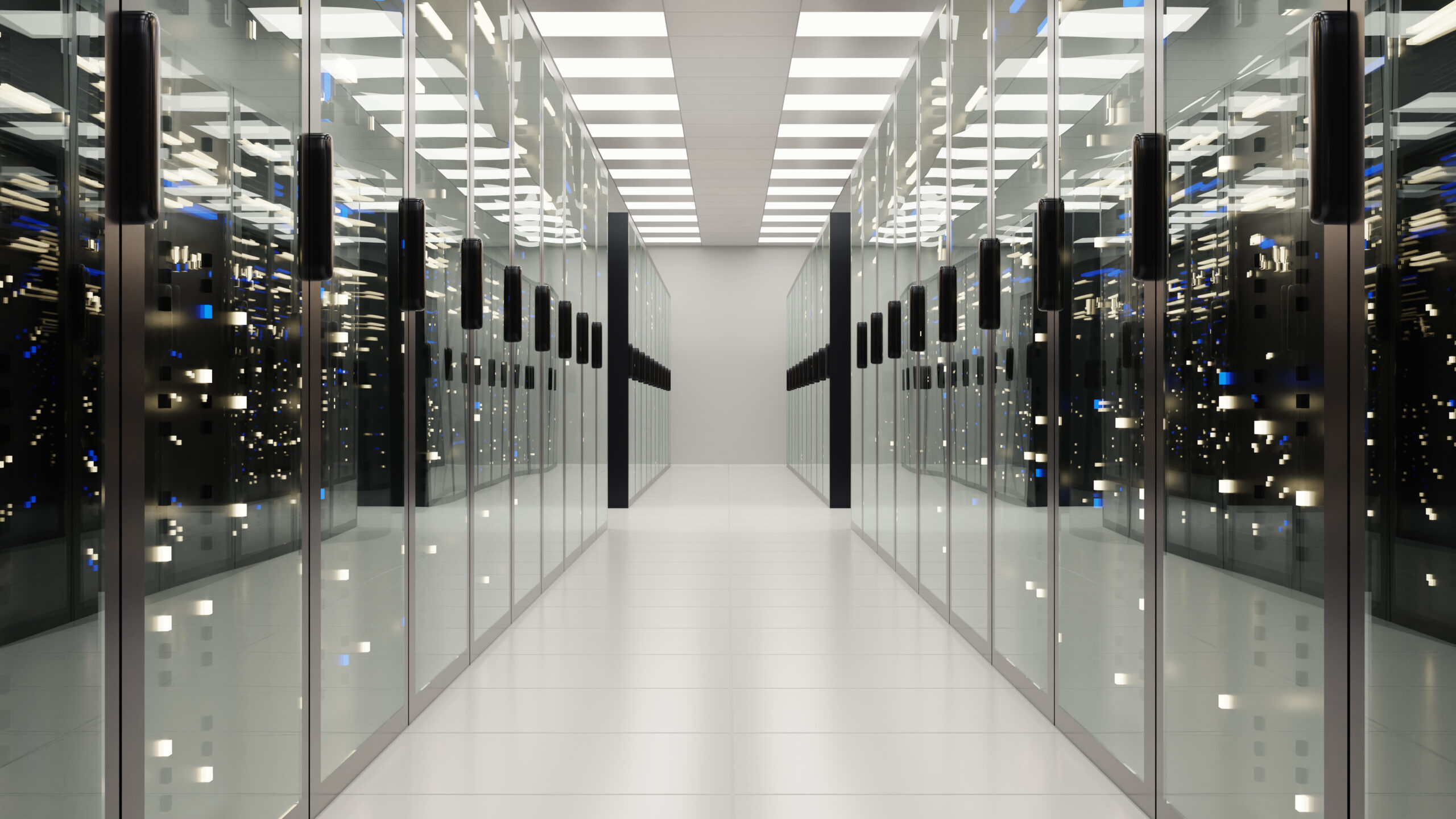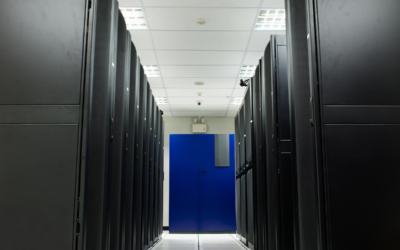Envisioning the Green Data Center of the Future17 min read

Sustainability in the data center industry has steadily grown in importance over the last few years. But unprecedented demand for AI has caused power demands to soar. This has given fresh impetus to the need for sustainability programs. Sustainability impacts the entire data center lifecycle, from design and construction of facilities, to procurement, operation, maintenance, and retirement of equipment.
Let’s envision a future where all of the various sustainability, net zero, and Green Building Initiative (GBI) steps have been implemented. What would such a data center look like?
- From the very beginning of the design phase, the data center would be designed in alignment with all green building standards.
- The facility would have achieved Green Globes certification by the Green Build Initiative (GBI) to demonstrate that it meets the highest standards in green design and construction.
- The facility would follow Leadership in Energy and Environmental Design (LEED) principles, which provide a framework for healthy, highly efficient, and cost-saving green buildings that enable a low-carbon future.
- The materials used in data center construction would be responsibly sourced such as net zero carbon concrete and mass timber. They would report their environment product declaration (EPD) score to showcase sustainability across a vendor’s entire supply chain.
- The embedded carbon score of the data center (and its various components) would be low, indicating that it is doing its part to lower greenhouse gas (GHG) emissions.
- Energy would be supplied from renewable energy sources such as wind and solar farms. This may require the data center to co-fund and partner with developers to arrange for green power to be supplied to the data center.
- Backup generation equipment such as diesel engines would be replaced with greener options such as onsite battery energy storage systems (BESS) or generators that can run on hydrogen, biofuels, or renewable natural gas.
- The Power Usage Effectiveness (PUE) of a green data center would typically be in the 1.1 to 1.2 range, indicating that almost all power coming into the facility is being used for IT. It may even be possible to achieve a PUE of less than 1.1 in some cases.
- Water usage would be very low, whether directly used in cooling or the embedded water use of the local grid. The facility would reclaim and reuse most of its water, prevent water loss via evaporation, and avoid the use of toxic chemicals that turn potable water into wastewater.
- Rack density would be high, which would minimize the footprint of the data center. And with the prevalence of AI, high rack density has become a necessity in many data centers. Rack densities of more than 50 kW and even beyond 100 kW are likely to become commonplace in the data center of the future.
- Air cooling would be accomplished using highly efficient systems that incorporate AI to ensure they operate optimally.
- Cold air from air handling units and air conditioners would be fed directly to where it is needed with almost no waste. This is only possible if energy efficient air conditioning systems are supported by airflow management best practices.
- Liquid cooling would be used effectively to address hot spots and the densest racks. In highly dense data centers packed with GPUs and other powerful processors that run AI and HPC applications, immersion cooling would be in operation.
- Scope 1, 2, and 3 emissions in the data center would be low, demonstrating that energy is being responsibly sourced and that all vendors along the supply chain of the data center were engaged in green initiatives.
- Performance per Watt (PPW) would be high in the data center as a sure sign that the facility is highly productive and has found the right balance between sustainability and performance. PPW takes into account the energy efficiency of every device in the data center and how it is used.
- Despite the many actions, safeguards, and environmentally friendly solutions instituted to achieve sustainability, the data center would operate profitably. Instead of adding costs, its status as a green data center would generate additional revenues while also ensuring that the facility operated in the most cost-efficient manner.
- Waste heat from the data center would be captured and used within the data center to boost energy efficiency and lower costs, especially when liquid cooling is utilized, and the temperature of waste heat is high enough. Otherwise, waste heat would be fed externally to be used in building or campus heating and cooling.
Preventing a High Energy Future
Data centers today are estimated to consume 1-2% of the world’s energy. By 2030, some predict that AI usage in data centers could cause that number to go as high as 9%. If every data center implements the above points and incorporates further improvements as new technologies and best practices emerge, that number can be brought down significantly. After all, many companies have set sustainability targets for 2030 and the end of the decade is fast approaching. By acting now on sustainability and net zero initiatives and moving step by step toward the ideal data center, facilities can make great strides in achieving net zero – while achieving the highest levels of efficiency and productivity.
Real-time monitoring, data-driven optimization.
Immersive software, innovative sensors and expert thermal services to monitor,
manage, and maximize the power and cooling infrastructure for critical
data center environments.
Real-time monitoring, data-driven optimization.
Immersive software, innovative sensors and expert thermal services to monitor, manage, and maximize the power and cooling infrastructure for critical data center environments.

Drew Robb
Writing and Editing Consultant and Contractor







0 Comments